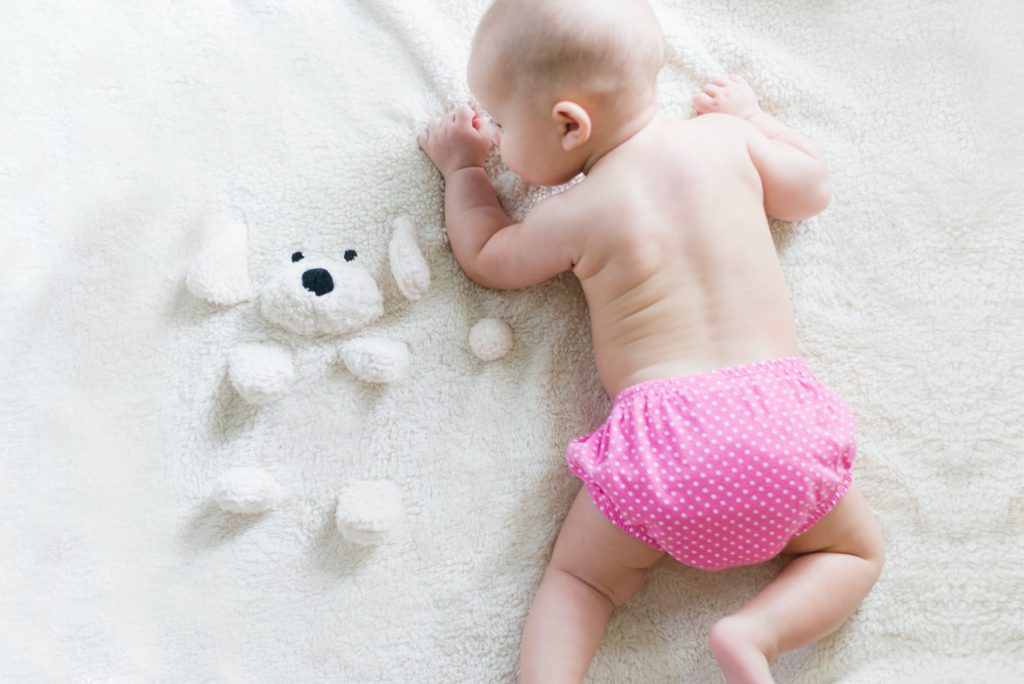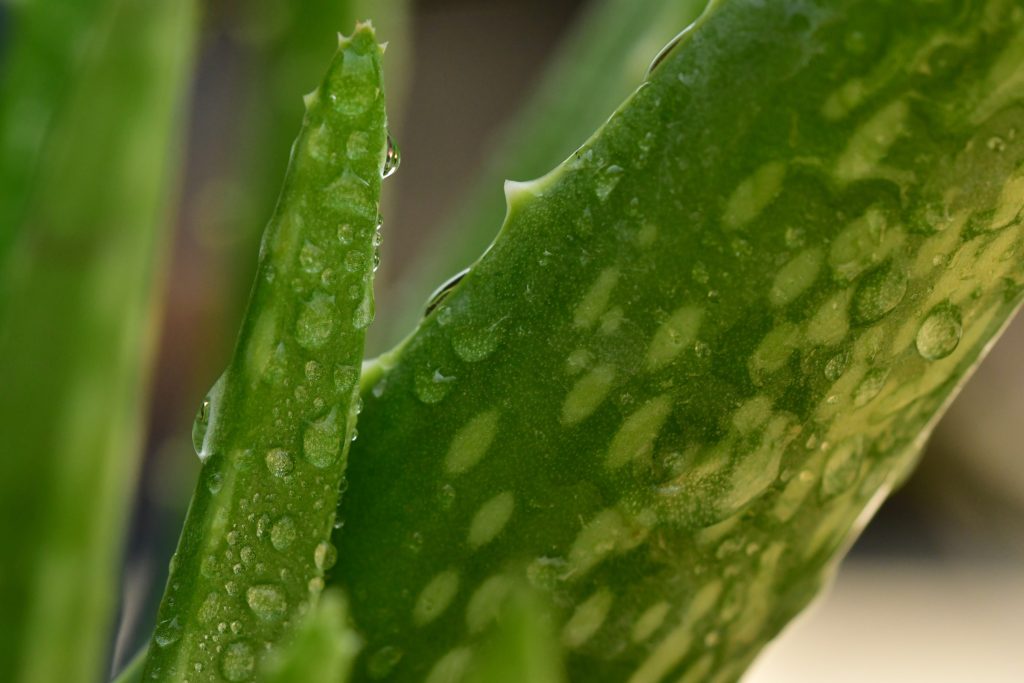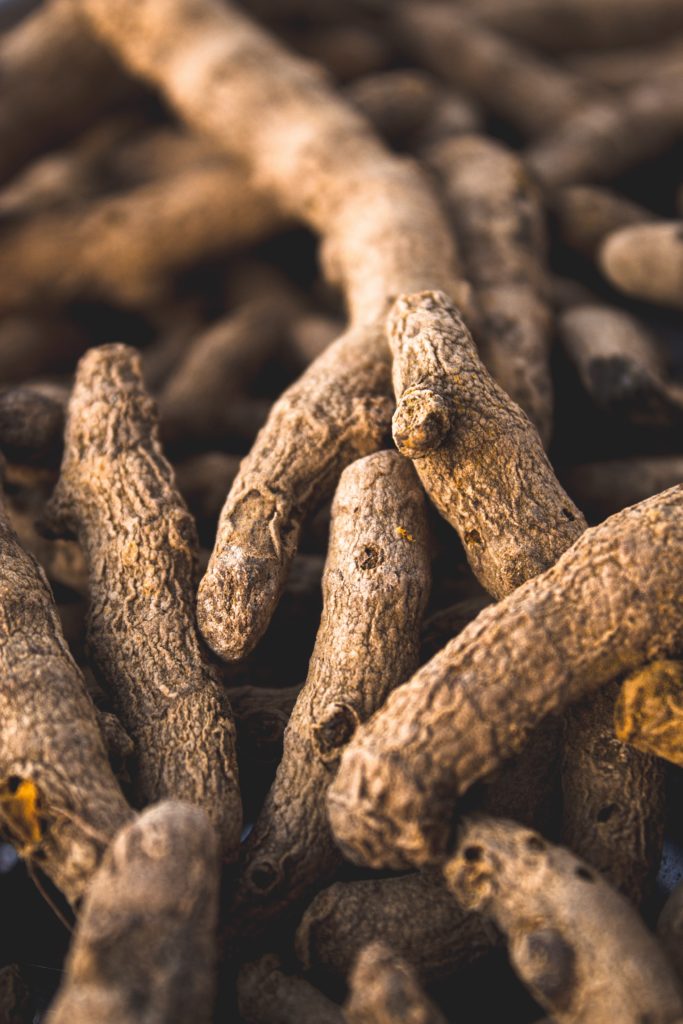Aloe vera & Haridra
Supportive Natural Aid when Nappy Rashes Experienced by Little Babies
What causes nappy rashes?
A nappy rash is just what the name suggests, any kind of rash or sore that results from using nappies, especially ones that are wet, soiled or over-tight. However, babies can also experience a rash down there due to introduction of new foods or the use of certain kind of medications, diarrhoea or irritation by urine or stool can also result in rashes among babies.
Symptoms and Simple Solutions ?
One of the major symptoms of a nappy rash is irritation and redness, which can also be accompanied by swelling. The area may also feel warm, tender or puffy on touch. You might find the baby expressing his discomfort by crying or cringing, especially while you are changing nappies or putting on a diaper. Sometimes with a nappy rash, babies also experience pain, itching and burning sensation around that region.
Whether mild or extensive, a nappy rash usually subsides in a matter of few days or a couple of weeks. Following simple home remedies do go a long way in treating these rashes and making the skin soft and smooth again. As obvious as they may seem, let us zoom in on some of them.
Some Easy Tips
- Keep the baby’s bottom clean and dry. In fact, it is advisable to keep the nappies off as far as possible, for the rashes to dry out a little.
- Using clean nappies and good quality diapers are important as the baby’s skin is too sensitive to withstand any harshness.
- Also, make sure that the fresh nappies or diapers being used are not too tight. This helps prevent chafing, and gives room for some air to circulate through them.
- Be very gentle and careful while cleaning the area. Use a mild soap or a soap free cleanser, and squirt some water to clean thoroughly. You can use soft cloth or wipes for this purpose. Do not scrub, no matter what.
- Frequently clean the area and apply a thick layer of a good quality topical baby rash cream. It not only works at treating the rashes, but also creates a barrier, thus preventing stool and urine from coming in contact with the affected skin.
All said and done, if the rashes start to worsen with time, swell up or turn into blisters, make sure to consult a paediatrician immediately. It could be an infection or something more serious, and might need medical intervention.
Aloe vera – Apt for Diaper Rash
Also known as “Wonder plant”, Aloe vera is a succulent, short stemmed shrub that has been known for its incredible healing properties. It not only contains some health benefiting plant compounds, but also comes loaded with powerful antioxidant and antibacterial properties. Its therapeutic profile makes it one of the most popular herbs the world over. No wonder why Ayurveda, the ancient Indian science of alternative healthcare, has been using it for over thousands of years as a promising ingredient in various medicinal preparations.
The topical application of Aloe vera gel helps speed up the wound healing process, whether it is a burn, cut or any open wound. That is perhaps why it is an excellent choice for a nappy rash. In fact, various nappy rash creams do contain some Aloe vera as one of their primary ingredients. Here is how to use it.
Treating Rashes Using Aloe vera
Simply clean the area and pat it dry, and apply a nice, thick layer of aloe vera gel. Let it dry, before putting on fresh nappy or diaper. You should be able to see the difference in a couple of days. It is not only a suitable choice for treating the rashes, but also preventing them from surfacing in the first place. It also keeps the skin healthy and moist.
Haridra – The Ultimate Herb for Rashes
Needless to say, Haridra or Turmeric happens to be one of the most effecting healing herbs known to mankind. Its nutrition content, distinct flavour and overwhelming therapeutic profile make it one of the most sought after herbs, a kitchen staple to say the least.
This ‘king-of-all-spices’ is also quite beneficial when it comes to babies. If your baby is suffering from a nappy rash, turmeric could well be your go-to herb. The bioactive compounds found in turmeric, especially Curcumin, not only treat inflammation, but also allow the rashes to heal quicker and better. The herb is easily available, and using it is easier still. Simply make a thick turmeric paste, and smear it over the affected area
A word of caution, though. Use it in a very small amount, and if possible, go in for organic or homemade turmeric powder. You could also add some sandalwood paste to this homemade ointment. And do a patch test first, as it shall let you know if your baby’s skin is sensitive to turmeric. Also, as with any herbal remedy, make sure to consult your paediatrician before applying it on the soft and sensitive skin of your little one.
About the Author:
Dr Sonica Krishan is Author and Speaker in the areas of Healthy and Joyous Living through Ayurveda, Meditation, Yoga and other Contemplative practices. She is a leading Ayurveda Professional in India. She is also Health Writer, Columnist, Editor, Ayurveda Consultant and Holistic Healing Coach. Dr Sonica is open for National as well as International Collaborations with interested people / institutions in fields of Ayurveda, Meditation and Yoga.
Why Aloe vera Is A Wonder Plant?



